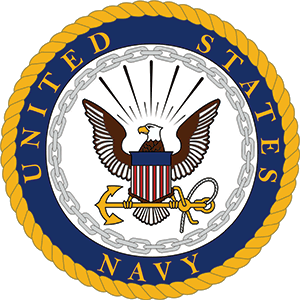ABOUT WAVES
- Creation during WWII: WAVES (Women Accepted for Volunteer Emergency Service) was established on July 30, 1942, as the women's branch of the United States Naval Reserve during World War II.
- First Female Officers: Lieutenant Commander Mildred H. McAfee, president of Wellesley College, became the first female commissioned officer in the U.S. Navy and the first director of the WAVES.
- Breaking Barriers: WAVES was the first time women were allowed to serve in the U.S. Navy in roles other than nursing, opening the door to over 200 job classifications.
- Rapid Recruitment: By the end of WWII, over 86,000 women had served in the WAVES, performing clerical, medical, communications, intelligence, and aviation roles.
- Training Grounds: The first training school for WAVES officers was at Smith College in Massachusetts, while enlisted WAVES trained at Hunter College in New York City.
- Uniform Design: The WAVES uniforms were designed by the famous fashion designer Mainbocher, balancing practicality and style to boost morale and professionalism.
- Limited Deployment: WAVES were restricted to service within the continental United States or U.S. territories and were not allowed to serve on combat ships or overseas.
- Racial Integration: Initially, WAVES was open only to white women, but in 1944, the Navy began accepting Black women, with Edna Young becoming the first African American woman to serve.
- Legacy: The success and professionalism of the WAVES helped pave the way for the permanent integration of women into the regular Navy under the Women's Armed Services Integration Act of 1948.
- Famous Alumni: Notable WAVES members included Grace Hopper, who became a pioneering computer scientist and rear admiral, best known for her work on early computers and programming languages.

